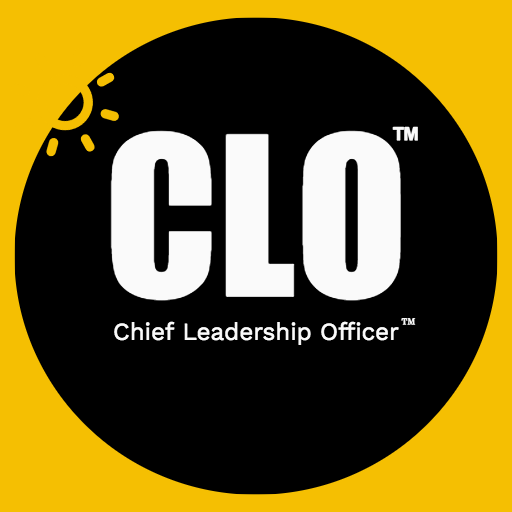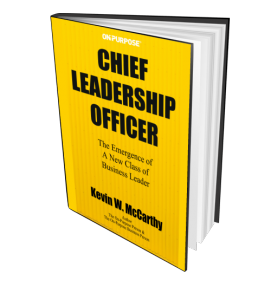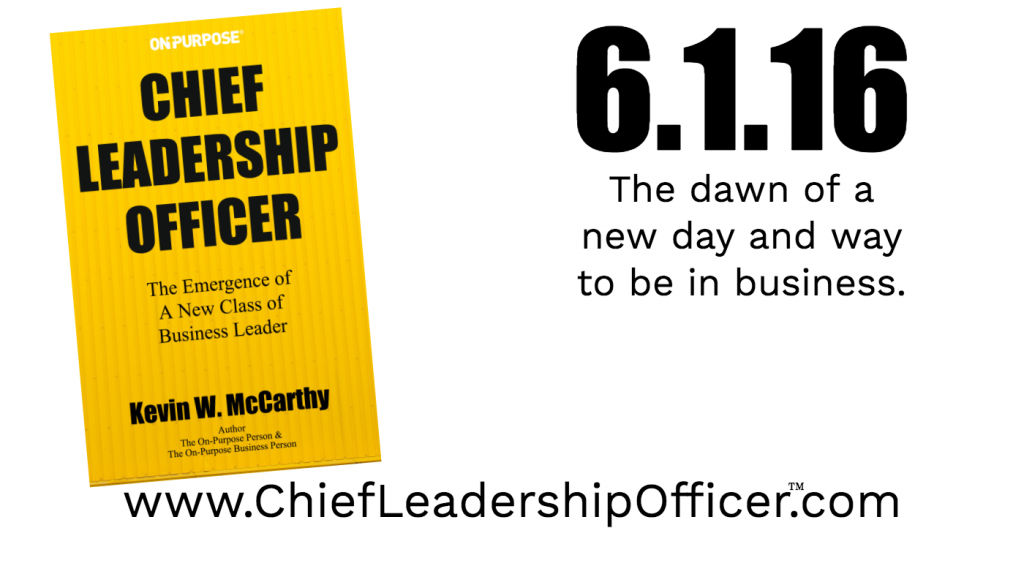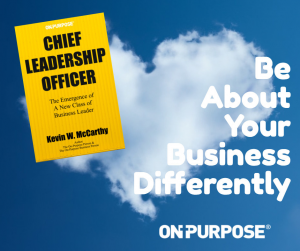Profits are the lifeblood of any business. Without them, the business dies. However, the body of the business is your strategy, structure, and systems that are organized and managed in such a way that profit is the natural outcome.
It is so easy to get focused on managing to a profit that we forget the body of profit creation. Avoid falling into the pit of managing numbers and forgetting that profits are the result of a team of people being well led and organized to serve a customer base with sufficient value to produce a profit.
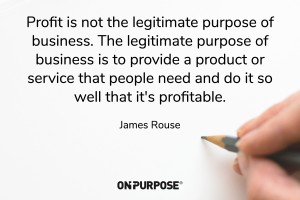
Your profit and loss report makes a statement about what matters most in your business leadership. “Follow the money!” was the advice of Deep Throat, the Watergate secret informer. Following the money reveals much about the priorities of the business leaders and managers.
Your definition of profit frames your leadership and management methods. If net profit is only about the dollars and cents, then your cost of doing business is likely too high because you’ll have high turnover of team members and customers. Profitability is a financial as well as a human measure for adding and creating value. Ignore either one and your P&L will suffer. Invest in both and you’ve increased your probabilities for profiting.
Yes, financial profits matter. Integrating people and profits is the role of leadership and management, respectively. So how are you doing?
In the long run, your business’s valuation will reflect the attitude and excellence of the corporate culture you’re establishing. Short-term fixes (coupons and discounts) to stimulate profits are drug-like highs and can often undermine or compromise the core values of a business. This sends your best employees scurrying to the doors because it signals leadership panic plus a loss of stability and commitment to the people and brand promise.
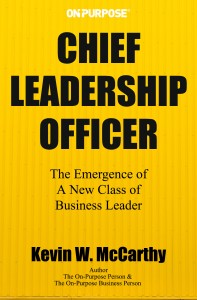
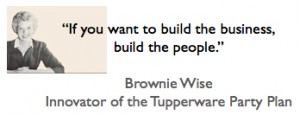 Within the pamphlet the following quote jumped off the page! Brownie Wise said, “If you want to build the business, build the people.” What a brilliantly simple way of keeping the priorities straight for leading a business. Brownie’s words breathed readily understood life into The On-Purpose Principle.
Within the pamphlet the following quote jumped off the page! Brownie Wise said, “If you want to build the business, build the people.” What a brilliantly simple way of keeping the priorities straight for leading a business. Brownie’s words breathed readily understood life into The On-Purpose Principle.